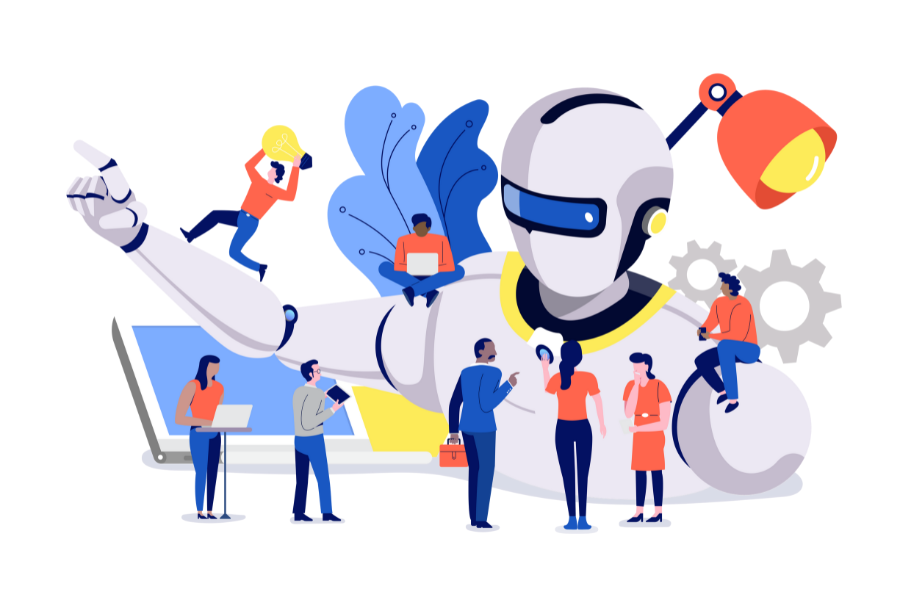There’s no need to fear an AI takeover. It’s time for a skills tune-up. Here’s your prompt.
By Ali Breen
“The robots are coming. They’re going to steal our jobs. Humans will become obsolete!”
I’ve been hearing these fears and predictions since entering the career development, labour relations, and talent recruitment sectors more than a decade ago. In the wake of ChatGPT’s rising popularity, these warning cries are only getting louder.
ChatGPT is an AI chatbot that responds to questions in a first-person narrative that mimics a human conversationalist. The plausible-sounding answers it provides feel like human expertise. With robust answers pulled from an incredible wealth of information available on the Internet, it’s like a supercharged version of Ask Jeeves.
But is this robot trend actually scary? Or is it trendy to scare us?
Doom and gloom headlines about the tech-centric Future of Work distract us from the bigger, human-centric challenges we’re facing. But by predicting how we will experience the change that AI brings us, we can make that change work for us. In this article, I lay out the three phases of revolutionary change and walk you through a three-step process that will help you understand the opportunities and pitfalls of using ChatGPT in the Future of Work sector.
No matter how advanced AI becomes, the ability to ask better questions in our work will always help us refocus on what matters most: humans.
Revolutionary change doesn’t reinvent the wheel
We’re living through revolutionary times, and it’s uncomfortable. When the current rules of work no longer serve us, and a new social contract has yet to emerge, we often begin to see the future as a frightful, alarming place.
Here’s an antidote to that fear: revolutions follow patterns, and we can use these patterns to shape the future we want.
Revolutions tend to be seen as extraordinary—and uncommon. While it may seem counterintuitive, revolutions can actually be mapped out in three standard phases. This means the revolutionary change that AI brings can be predicted.
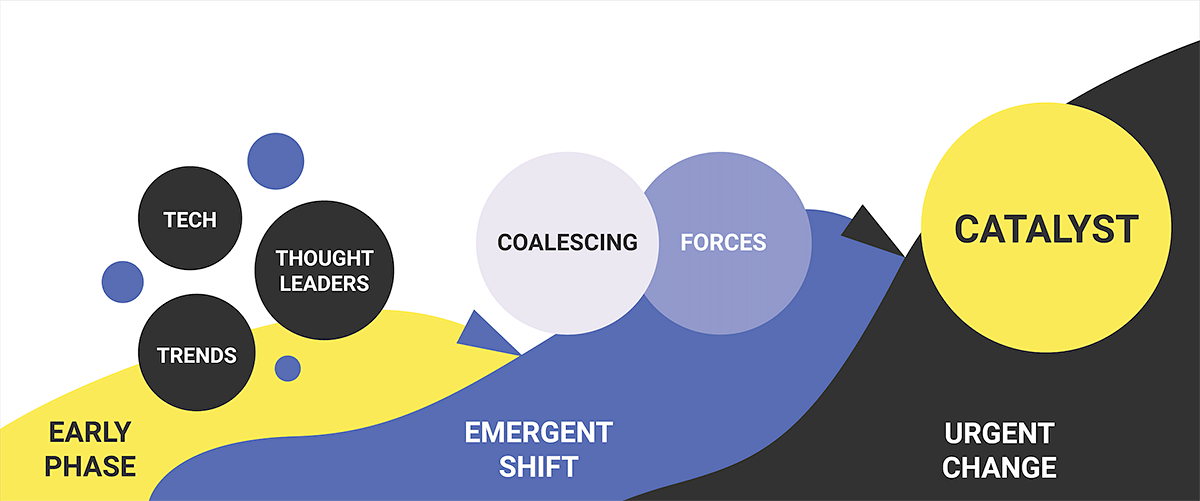
Figure 1. Revolutions follow patterns, modified from The Talent Revolution: Longevity and the Future of Work, Taylor and Lebo, p. 24.
In the early phase of revolutionary change, an abundance of energy, pioneers and radicals, and new applications burst onto the scene like popcorn over a fire. It’s chaotic, and every day seems to bring new breakthroughs or thought leadership pieces. This is where we are today with the rise of AI.
The second phase will bring some order to all the chaos of different tools, approaches, experts, and applications. Activities, investments, and focus will start to coalesce, and dominant themes will emerge. In this emergent shift phase, hints of promising future practices surface. Informed bets can be placed on which investments will succeed and which will fizzle.
From horses to cars, from manual to machine, from analog to digital, past technology revolutions followed this same pattern—including the initial fears and questions about what this means for the future. Analyzing the patterns shows us that people gained more time and capacity to focus on other work, on new opportunities, or on ways to do their jobs more efficiently. They also created new inequalities and power structures that continue to need solving and reconciling today. But, crucially, they didn’t lead to societal collapse.
Patterns and predictions help us stay ahead of trends. Paying attention to them means we can prioritize strategic planning, investments, training, and beyond. One key prediction we have for the next revolutionary change cycle that AI tools have unleashed is this: we will move through the three phases very quickly. Reinforcing this prediction are recent reports that employers are already looking for employees who have ChatGPT literacy skills.
Within the Future of Work sector, how can we mine the value of ChatGPT while building awareness of its pitfalls? The two experiments that follow will teach you how to use ChatGPT to develop better questions that go beyond the basics using our “3-try process.”
The 3-try process for questioning ChatGPT
Step 1: Starting Question
Begin by choosing a workplace or workforce challenge and formulate it into a question. It might be a question that your own organization needs to answer, or it might be a question that you know your clients, customers, or employees are asking.
Ask ChatGPT your question. Word it in straightforward, casual language.
The answer that ChatGPT generates will likely provide general information or foundational knowledge. Look for gaps in this answer. What would you add? What’s missing? These gaps are your expertise, your human touch, your critical thinking at work.
Step 2: Detailed Question
Now, ask a different question that tries to fill in a gap you uncovered. Make your question more specific or detailed. Analyze the next answer, again looking for gaps.
Step 3: Emotional Question
Ask the question a third time, but focus on giving it an emotional twist. With ChatGPT’s third answer, you’ll begin to get an idea of the deeper reasoning, motivations, values, or issues at play in your workplace or workforce challenge.
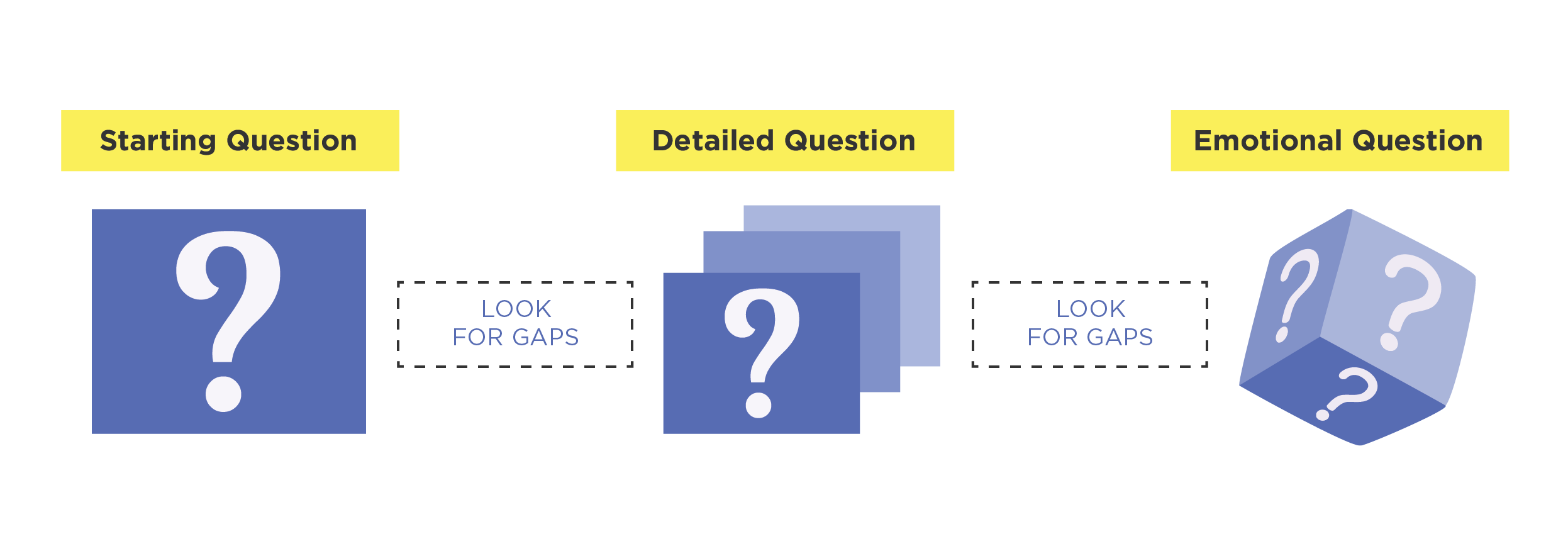
Figure 2. The 3-try process for questioning ChatGPT.
Experiment #1: “How can I engage my burnt-out staff?”
Step 1: Starting Question
We begin by asking ChatGPT a common question we hear from employers: “How can I engage my staff who are feeling isolated and burnt out working from home?”
ChatGPT answers with five logical, straightforward points and a short explanation of each: encourage regular check-ins, facilitate team-building activities, offer flexibility, provide training and development opportunities, and show appreciation.
Our first observation is that the response didn’t include anything about career development. That’s a gap we uncovered, based on our human expertise.
Career development is a professional field of practice and one of three foundational, non-negotiable lenses that make up Challenge Factory’s Talent Revolution Blueprint, upon which all our Future of Work consulting is based.
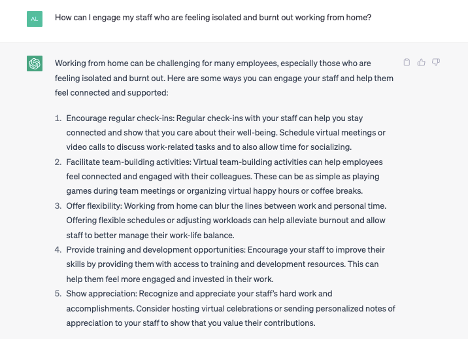
Figure 3. Experiment #1, starting question.
Step 2: Detailed Question
We reword the question: “How can I engage my staff who are feeling isolated and burnt out working from home using career development strategies?”
ChatGPT’s next answer acknowledges the power of career development and lists five recommendations with short explanations: offer virtual training and development opportunities, create development plans, encourage mentoring and coaching, provide stretch assignments, and offer career progression opportunities.
These are sensible recommendations, but they are drawn from traditional HR approaches that focus on performance and formal programming.
Another gap is revealed. First principles from career development and innovations from the HR sector are still missing. Notably, ChatGPT’s answer doesn’t capture the importance of career development as a lifelong learning process, and the essential role this plays in employee engagement.
Step 3: Emotional Question
We reword the question again: “How can I help my staff who work from home feel connected, engaged, and energetic using lifelong career development strategies?”
Reformulating the question helps us consider the deeper reasons and emotions behind the challenge. It also provides an optimistic, productive goal to reach for.
This time, ChatGPT provides some of the same answers from the first two questions, and adds a few related to communication: provide feedback and recognition, celebrate achievements, foster collaboration, promote a culture of open communication where feedback and ideas are welcomed, set clear expectations, and encourage staff to take care of themselves with a healthy work-life balance.
With this answer, the added focus that ChatGPT’s answer gives to leaders and staff as real people, and the relationships between them, begins to shine through.
Experiment #1 Results
In tight labour markets, employers often think that increasing salaries is their only option to find and keep staff. This experiment shows that there’s more than one way to engage staff.
People are more motivated at work when they feel cared for and valued. Integrating career development strategies into the workplace has a positive effect on culture, absenteeism, productivity, retention, profits, safety, and even customer loyalty.
Using ChatGPT to ask a better question provided a better solution—one that costs less and delivers greater ROI.
Experiment #2: “Why does trust matter in leadership?”
Step 1: Starting Question
For our second experiment, we choose another pain point that is common to employers. First, we ask ChatGPT: “Why is trust so important to being a good leader?”
ChatGPT tells us that trust enables effective communication, fosters collaboration, promotes loyalty and commitment, increases morale and job satisfaction, and enhances the leader’s credibility.
This answer is too vague. It doesn’t provide concrete learning or actionable starting points for leaders. How can we fill in these missing parts? We modify the question to be more specific by drawing ChatGPT’s focus to the individual leader, rather than leaders in general.
Step 2: Detailed Question
Our next reworded question is more revealing. To get to the heart of the challenge, because it will only ever be solved in real workplaces by real leaders, we ask, “Why don’t my staff trust me as a leader?”
ChatGPT provides another list of reasons why trust may be waning in workplaces: lack of communication, transparency, empathy, competency, and employee recognition, as well as inconsistent behaviour and micromanagement.
This is a decent set of leadership areas to consider. Still, some connective tissue is missing. We wouldn’t approach a discussion about trust with our clients using either of these two lists.
Step 3: Emotional Question
This time we load our question with emotion. We want to dig deeper and see how ChatGPT would handle the actual pain, or the lived experience, of the pain point. We reword the question: “Why do I feel like my staff doesn’t trust me?”
ChatGPT provides a list of experiences that might contribute to a leader feeling like their employees don’t trust them: ineffective communication, critical feedback from staff, negative past experiences that increase sensitivity, observations of distrustful staff behaviour, and insecurity.
Experiment #2 Results
The third answer gives us a lightbulb moment. Although the second answer (in step 2) mentions that leaders should demonstrate empathy to their employees, none of ChatGPT’s answers demonstrate any empathy. This is how ChatGPT prefaced its answers to the second and third questions in this experiment:
- “As an AI language model, I cannot know the specific reasons why your staff doesn’t trust you.”
- “As an AI language model, I cannot know the specific reasons why you feel like your staff doesn’t trust you.”
The emotionally charged situation of trust in the workplace, between a leader and their employees, needs a human-to-human conversation. If someone came to us worried about trust in their leadership, we would empathize. We would focus on how the leader was feeling, in addition to what the data available to us reveals. The leader’s experience of that empathy from another human might make all the difference.
Using ChatGPT to ask better questions spotlights when our human, relational skills are required to build connection with other people, for the type of impact that will make a difference to real people. It also validates that going through the 3-try process with ChatGPT gives us cues about when to keep digging deeper.
Takeaways from the 3-try experiments
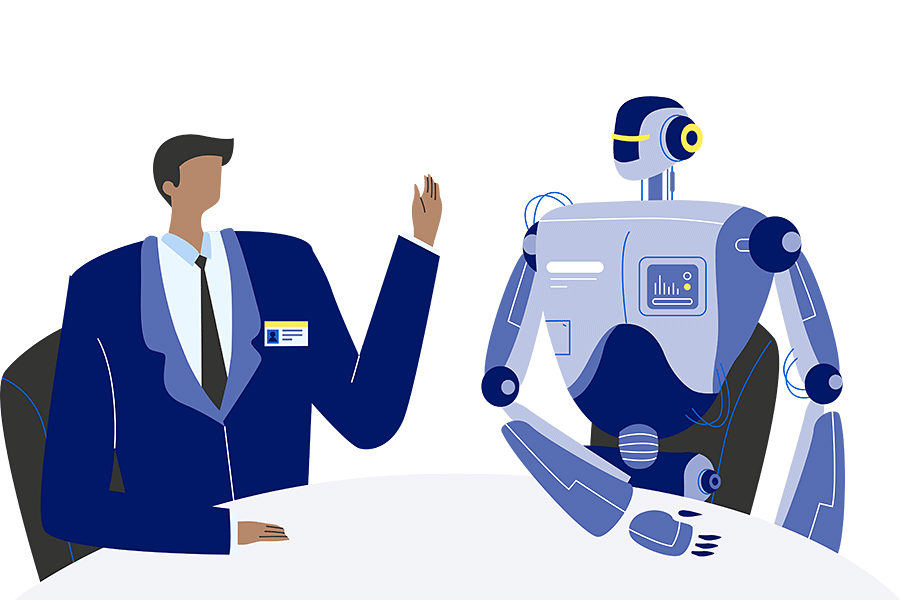
Can AI help us ask better questions? Can it fast track us into more fulfilling work that centres people? The 3-try process, our two experiments, and the following three takeaways all point to yes.
Takeaway 1: Challenge Factory’s free-flying banner states that the Future of Work is human, and we focus on talent over tech in workplaces. Both lived experience and occupational currency cannot be replaced by today’s AI. That being said, you can use ChatGPT effectively to formulate better questions.
Takeaway 2: AI tools are leading to the emergence of new, in-demand skills that hiring managers value. The creation of new opportunities for human jobseekers, such as knowing how to successfully ‘prompt’ AI chatbots, is growing.
Takeaway 3: ChatGPT has limits. It’s built by people living in today’s social structures and systems, and therefore perpetuates dominant (often Western) culture biases. As we move towards business as a force for good and social justice, as we build new social contracts that replace outdated norms and rules, we adjust in our humanity. As we move towards reconciliation, we incorporate Indigenous ways of seeing and knowing into our lives. As we move towards gender parity, we incorporate feminist viewpoints into our workplaces. AI may always be a step behind us.
ChatGPT is not a terrifying takeover
ChatGPT is just one of a slew of AI tools that have moved from ‘futuristic labs’ into everyday life. The technology sector, however, has known and understood the potential that AI represents for a long time. With the mainstream release of ChatGPT, AI tools are now accessible to anyone interested in playing with them. We’re all ‘in the know’ now.
Instead of only seeing the revolution in AI tools, we also need to see the patterns in them—and make them work for us. Remember, we’re only in the early phase of AI revolutionary change.
Like the invention of the wheel or the smartphone, people will both lose and gain as things change and they adopt this new technology. At Challenge Factory, we’ll continue to use the 3-try process to generate deeper, insightful questions in our consulting, research, and training. We’ll use it to question ourselves, too, and our approaches.
One thing that won’t change: the future is not prescribed or written for us. We can shape a Future of Work that serves us. Our actions today lead us into the future. Instead of fearing that AI will take over, let’s harness the potential of AI to boost our human potential.
Buyer beware: The greatest risk of ChatGPT
The risk of taking ChatGPT answers at face value instead of as a tool for critical thinking, subject to human intervention and editing, is high. ChatGPT struggles to think outside the box that the Internet, taken as a whole, creates for it.
At the time of writing, new features are being added to ChatGPT that expand its functionality. These upgrades, and how they are marketed, can lead us to further assume that ChatGPT answers are always up to date and correct, even though they may not be. Sometimes, its answers are completely false.
Commonly held misconceptions and stereotypes that ChatGPT is at risk of perpetuating can be useful or harmful, depending on how we integrate this AI tool into our work, lives, and learning. It’s great if you already know what the misconceptions are and use it as an example to showcase bias and gaps. It can become a tool to educate others and think critically about the information being presented.
It’s not useful for those who want to educate themselves but don’t know where those gaps are.
In the long-term, the most dangerous risk about ChatGPT may be the tone of accessible expertise that it offers. Because ChatGPT is such an advanced chatbot that speaks to you in first-person, casual language, it’s easy to believe its answers are 100 percent correct. In contrast, a Google search (or a literature review in formal research) provides different voices, authors, and sources. The hidden nature of ChatGPT’s aggregation operations makes it harder to question the credibility of its information.
